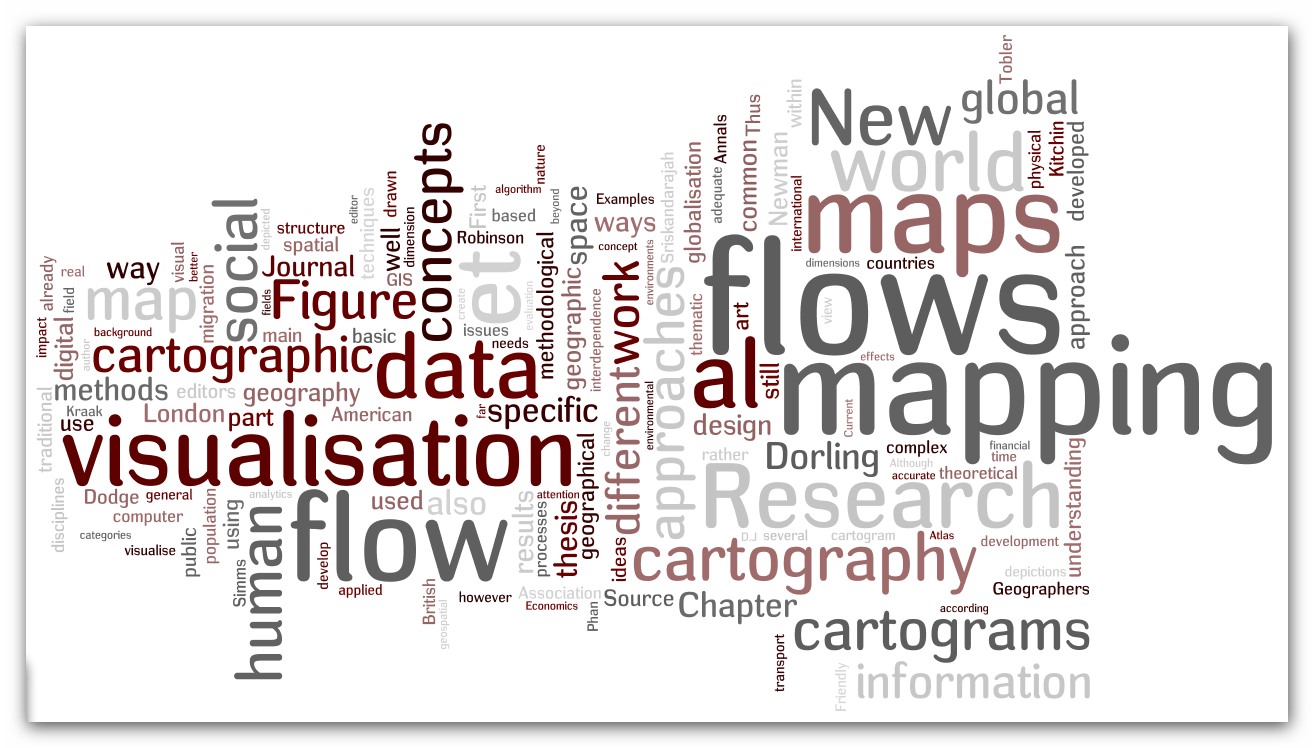The night view of the earth has become a very popular depiction of this planet. Although the NASA itself says that “The brightest areas of the Earth are the most urbanized, but not necessarily the most populated” many people mistake this view as a representation of the inhabited places on the globe. Our gridded population cartogram can help to get a better understanding of the relation of people and light. The following map is a reprojection of the earth at night that shows the nightview in relation to the population distribution. The gridlines are kept in a light colour and thus allow to identify those areas where the lines converge (representing the unpopulated regions). In contrast, the populated areas are given the most space, so that one can easily see which populated areas are literally illuminated at night – and where there are people living in darkness. The resulting map is an impressive picture of an unequal world, with large parts of Africa living in darkness, and the affluent countries in Europe and North America glowing in the dark:
 (click for large image)
(click for large image)
See here for an updated and more detailed version of this map


 This is some material from my first year of PhD-research in the Worldmapper project (funded by the Leverhulme Trust):
This is some material from my first year of PhD-research in the Worldmapper project (funded by the Leverhulme Trust):